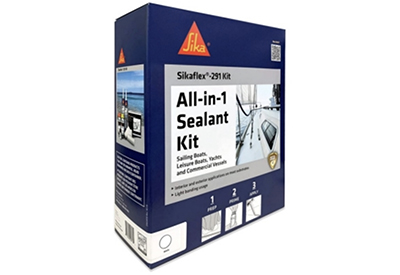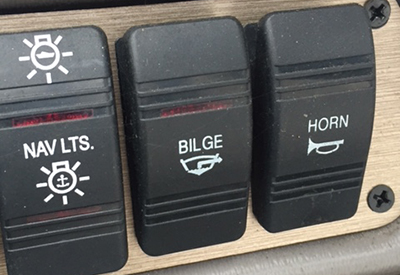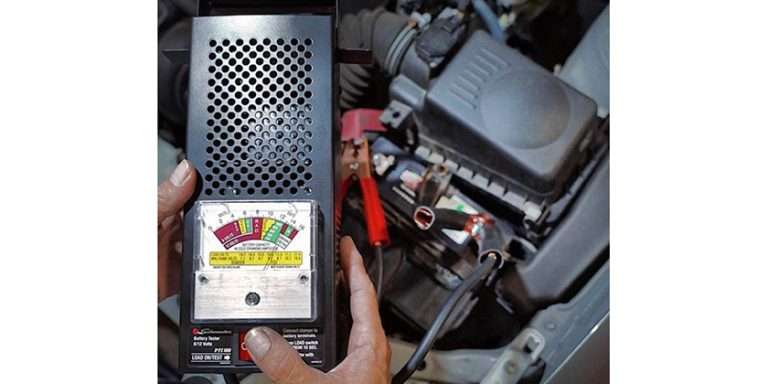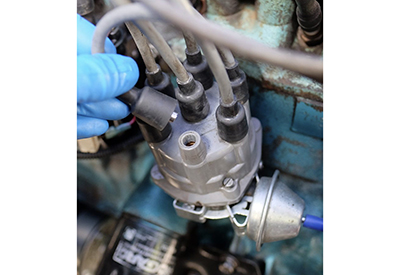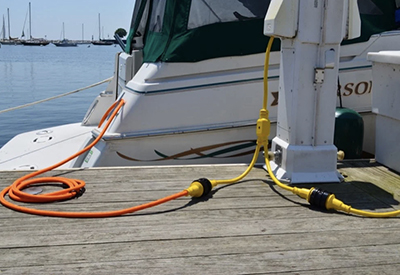Ask Andrew: Diagnostics explained
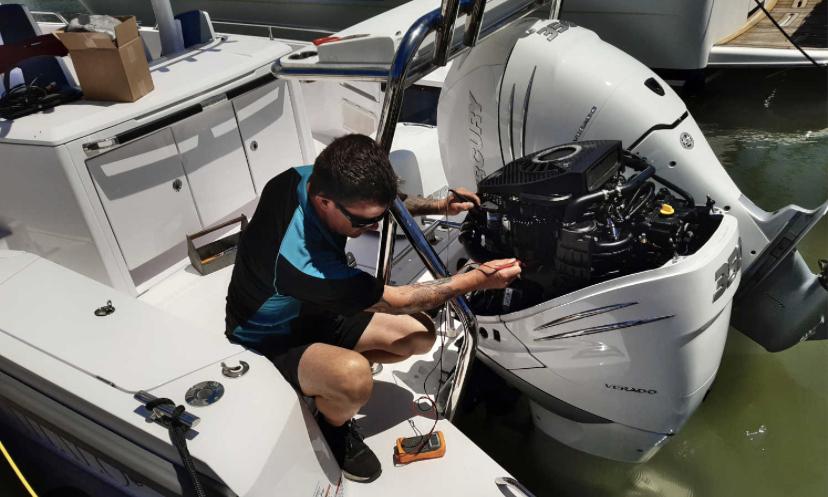
Sept 12, 2023
no fancy tools or equipment needed as long as you keep things simple with a diagnostic method
Occam’s razor is a problem-solving principle that I often use in my work as a marine technician. It’s simple but is also often overlooked; and it’s easy to when we’re confused or scared of the outcome and its effect on our investment.
Occam’s razor says that ‘entities must not be multiplied beyond necessity’. In more simple language: The simplest explanation is usually to best one.
When I’m performing diagnostics, I also add to this the idea that we start with what we know, not what we assume.
Recently, I stepped aboard at the request of a client who said that their engine wouldn’t re-start after sailing. I asked for a few more specifics: The boat was under sail, returning home, and the engine was needed to bring the boat into the slip. When the ignition button was pressed, nothing happened. The owner was prepared to buy and install a new battery and wanted my advice.
From here, I began diagnosing. I used the principles that I described:
- Occam’s razor: the simplest explanation is usually the best one
- Start with what you know, not what you assume.
Next, I took the following active steps:
a) I repeated the problem. Sometimes, ‘user error’ is a real thing. So, I asked the owner to do exactly what they did on the day in question. The was result was just as described. Next, I tried, with the same result.
b) What I took from this first result is that there is no power getting to the helm. The owner had the same thought, hence the desire to buy and install a new battery.
c) Realizing that the issue was power-related (ie when the ignition switch was pressed, nothing happened), but before replacing the battery, further diagnosis was needed. I started with the battery itself: I measured voltage at the battery posts to confirm that it was capable of doing it’s job. Voltage measured 12.4V. This eliminated the need to replace the battery.
d) Next, I moved to the ignition panel to measure voltage at the ignition switch. Here’s where I began thinking of Occam’s razor. I might have thought “maybe the starter needs to be replaced’ or ‘perhaps the engine is seized.’

an essential tool to diagnose electrical problems: a multimeter. This can save you countless hours tracking down problems and will allow you to avoid assumptions
Occam’s razor says that the simplest solution is likely the right one. Another way to say it: If you hear hoof beats, you assume it’s a horse, not a zebra.
If the switch showed no voltage, it would indicate that there is a break in the circuit between the battery and the switch. I found no voltage at the switch – Occam’s razor was proving correct.
e) From this point, I began working backwards to determine where the break in the circuit was that prevented the voltage from the battery from reaching the ignition switch. I found it fairly quickly: A blown fuse, installed in-line a few inches from the ignition switch.
f) What might have been a $200 battery replacement (without really fixing the problem) became a $0.50 repair with a fuse replacement, using a solid diagnostic method.
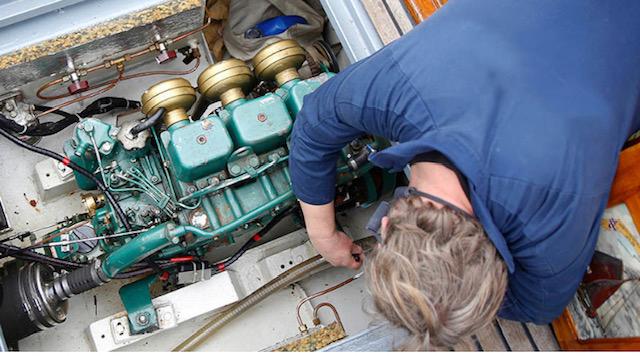
don’t be afraid to consult an expert if you aren’t sure of how a system should work.
These same principles are used when diagnosing other issues aboard – namely, engine troubles:
- Occam’s razor would say that an engine requires only three things to run: Power (a battery giving power to an ignition switch which starts the engine turning), compression, and fuel (something to burn).
- Without one of these three elements, the engine won’t start or keep running.
- To start any sort of diagnosis, look at these three items only and determine which is missing. If the engine doesn’t rotate when you turn the key, we can ignore fuel and compression for the moment, and focus on power. If the engine turns but doesn’t start, we can ignore power, and focus on fuel and compression. If compression is good and the engine turns but doesn’t start, we focus on fuel. Etc.
In brief – when performing your own diagnostics aboard, I recommend the following:
– Stick with what you know, not what you can assume. Write down or state only the items that you can say confidently (ie don’t say ‘I need a new battery’, rather say ‘nothing happens when I press the ignition switch’)
– Keep things as simple as possible. Don’t overcomplicate the story. Don’t relate things that aren’t related. (Ie if the compass doesn’t read while the wind is blowing from the north-west, it’s likely coincidence, not a diagnostic concern)
– Always remember that the simplest solution is where you start. That said, don’t assume that the simplest solution is always the answer – but use it as a starting point
– Don’t look for cheats or quick wins. I don’t know how many times I’ve heard someone say ‘my engine wasn’t running, so I added Seafoam and now it runs great’. This doesn’t mean you diagnosed and repaired a problem – it means you were lucky and found a quick-fix to a bigger issue.
If you own a boat for long enough, chances are you’ll need to do some diagnosis and repair. Its never a bad idea to consult with other boaters or dock neighbours – but a bit a diagnostic ability under your belt will never serve you wrong. If nothing else, it will help you determine if/when you need more assistance.
Happy Boating!
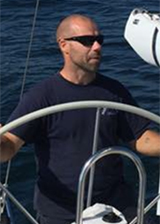
Andrew McDonald is the owner of Lakeside Marine Services – a boat repair/maintenance firm based in Toronto. Andrew has worked in the marine industry for 12 years and is a graduate of the Georgian College ‘Mechanical Techniques – Marine Engine Mechanic’ program.
Questions or comments for Andrew? Email him directly via: askandrew@lakesidemarineservices.ca

